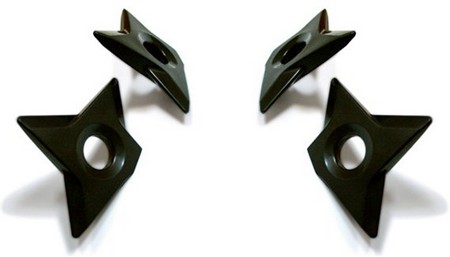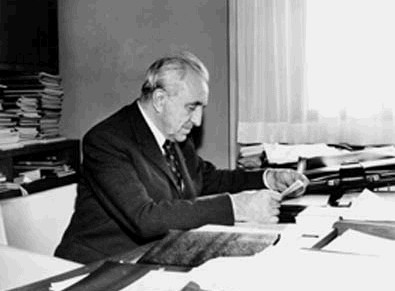3
2009
Who Discovered Magnets
Magnets are magical objects that can hold things together without hands. It is because a magnetic object has a magnetic field. The field attracts metallic bits and pieces such as pins, clips, hair, and a host of others.
Who discovered magnets
As to who discovered magnets first, it looks like the ancient Greeks are the strongest contenders. It is said the Greeks first observed lodestone attracted iron bits. Another version of the story goes that the Greeks discovered magnetites in Turkey.

Thales is widely accepted as the first human to study magnets. He lived in Greece around 600 BC. He studied how two magnetic objects attack each other, including a resin called amber. On the other hand, ancient Chinese had been known to use magnetic stones around that time, too. Historians say the ancient Chinese used magnetic stones for making a compass.
Another story is told about an ancient t place in Macedonia called Magnesia, where magnets appeared to have begun. But the Vikings, who sailed across many oceans, invented the first magnetic compass.
In 1734 a Swedish scientist named Swedenborg brought to polar attention the differences between a magnetic object and a non-magnetic one. The first magnetic substance ever known was magnetite. But Swedenborg was challenged by a Frenchman named Louis Neel. He thought otherwise and came up with a theory on ferromagnestism.

Types of magnets
There are five different general kinds of magnets: lodestone, bar, button, horse, and ring. They obviously have different sizes and shapes. Others are made or iron, while other are made of rock, like the lodestone.
Uses of magnets
Magnets changed the way we live. It has made our lives easy and comfortable. Magnets are used in making electric motors, TV sets, computer monitors, microphones, speakers and a whole lot more. In sea navigation, the magnetic compass keeps the ship right on track. Tools and jewelry have magnets in them.
Even up to this day the CHinese use magnets for healing, which they call magnetic therapy. The ancient Hindus and Egyptians used lodestones to cure certain diseases. The Romans, meanwhile, would catch electric eels to cure gout and arthritis. In the Middle Ages, alchemists claimed they could cure baldness, sadness, and arthritis with the use of magnets.
Your TV set has magnetic chips in the cathode ray tubes. A magnetic field is formed when the tubes’ electron gun blasts electrons into the screen. Thus, you can see images. A computer disk is coated with iron that creates magnetic field with certain patterns. This allows the disk to store information.
In transporation, magnets are put on a bullet train’ tracks. There is a magnetic field that works on the underside of the train to make it “float.” This has been widely used in Japan, China, Korea, and France.
Everywhere you go today you would need to have an ATM card or a credit card. These cards have a magnetic strip that allows you to process a transaction, whether to get cash or ask about your standing balance.
Indeed, magnets are indispensable in our lives today.

 An article by
An article by 




